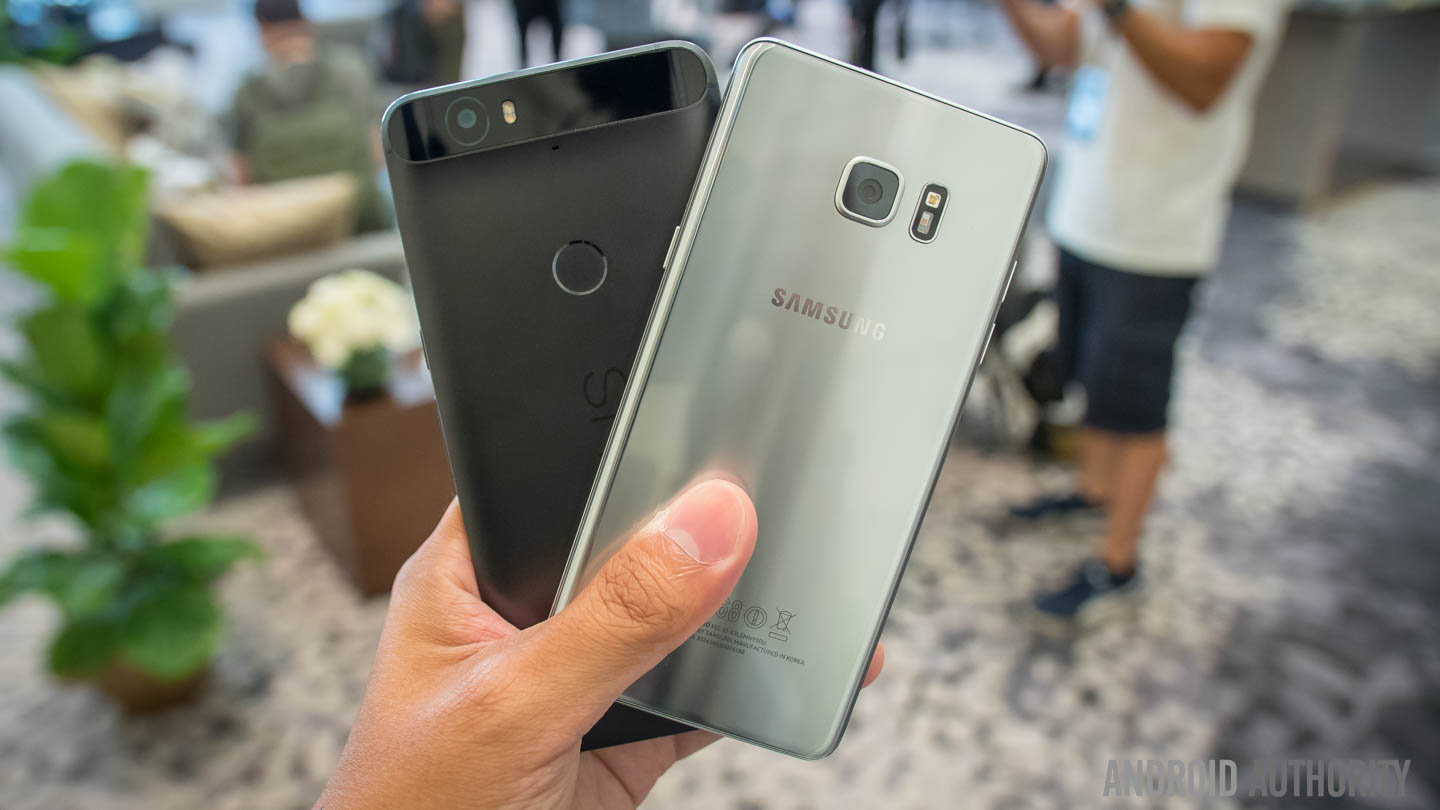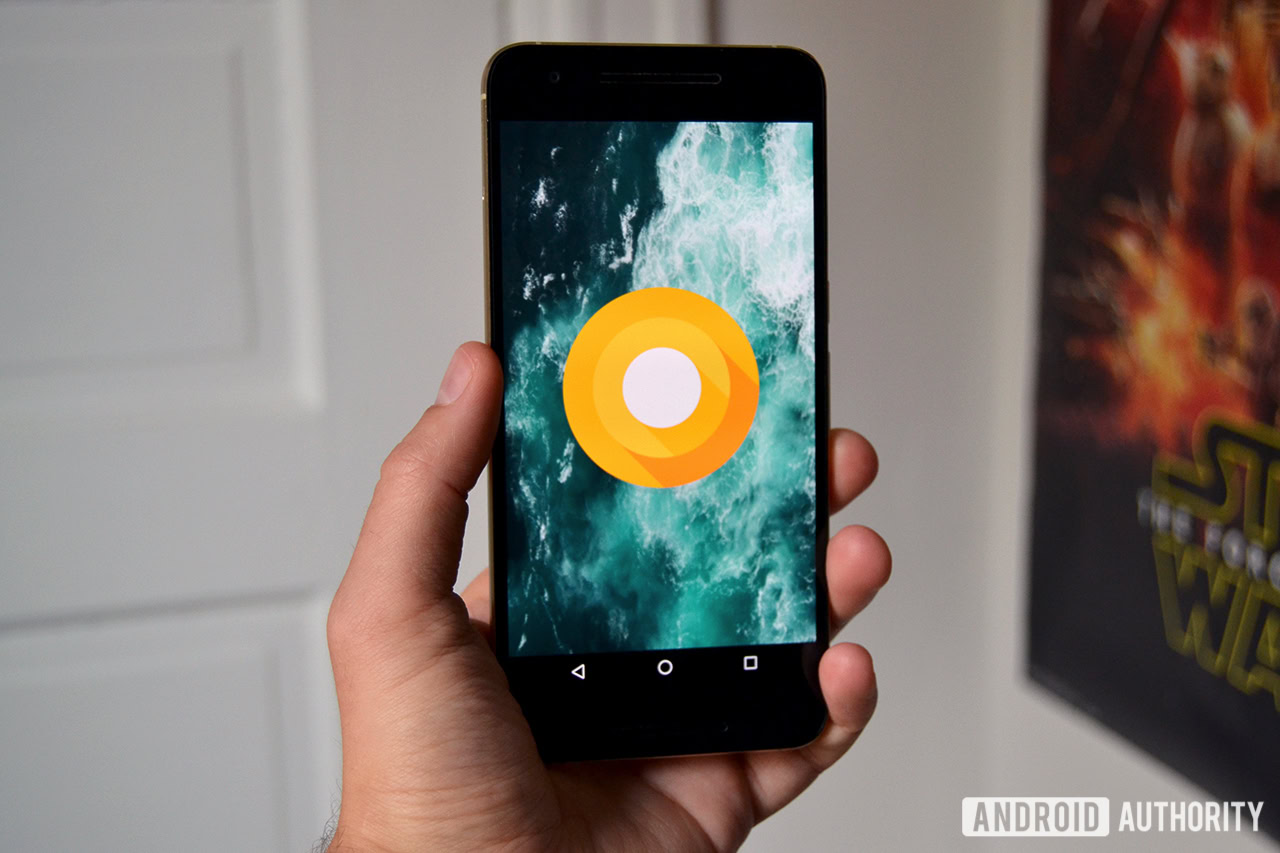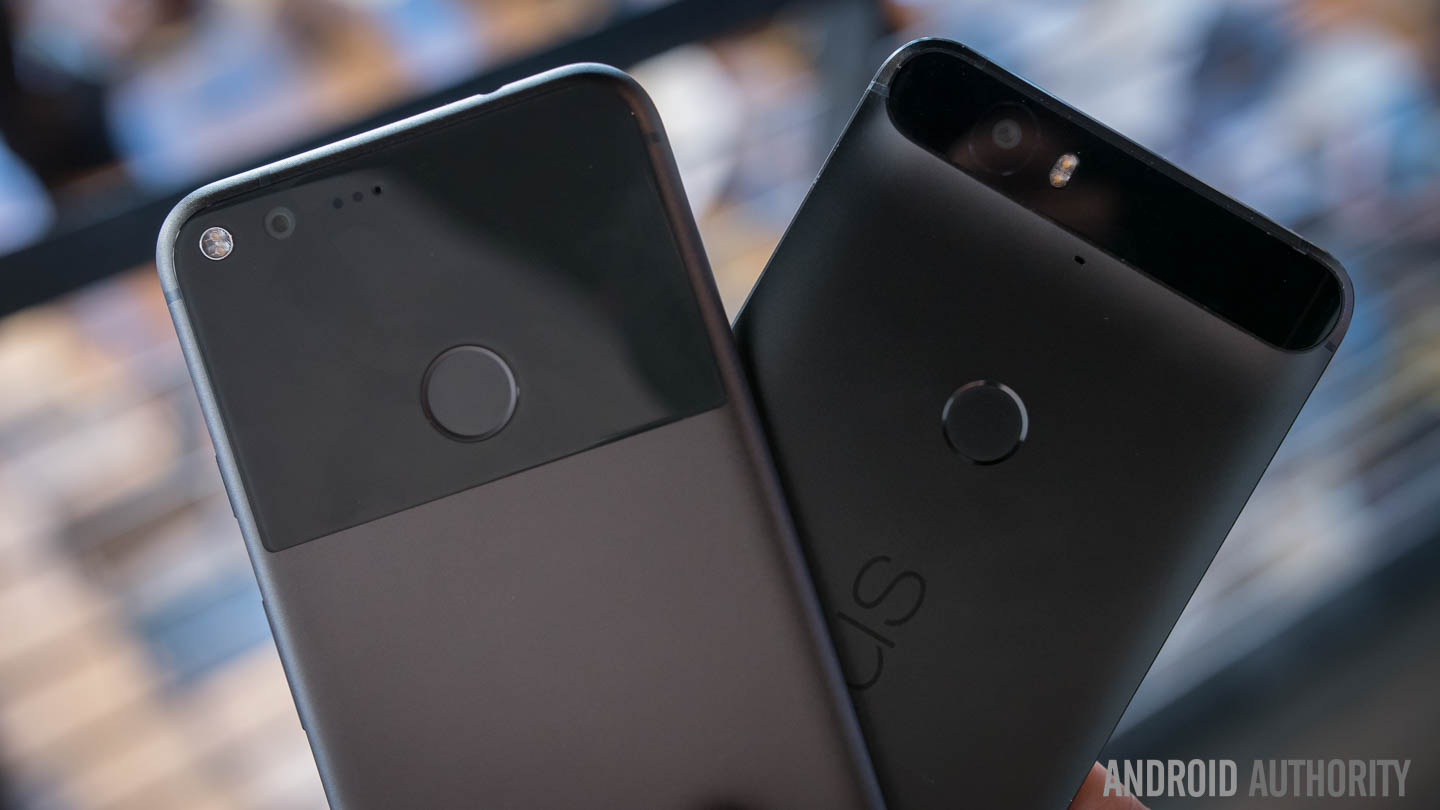Before the Pixel series hit the market, there was the Nexus. Initially conceived as an affordable platform for developers, the Nexus lineup morphed over the years into Google’s vision of what Android phones should be. The series also created a community that voraciously championed the cause of the Android platform — an open ecosystem and devices that were truly your own.
However, the last of the lineup, the Nexus 6P, wasn’t quite that device. It’s been seven years since the Nexus 6P launched, and for all its hits and misses, it has left an unmistakable imprint on the future of Google’s smartphone ambitions.
Do you miss the Google Nexus series?
117 votes
A flagship killer by any other name

By 2015, Google had been on an upward trajectory with the Nexus lineup, both in ambition and price. The Nexus 6 launched at a surprisingly high $649 price tag, a sharp increase over the $349 the Nexus 5 commanded. Despite its initial developer-oriented ambitions, it was clear that Google had been trying to position itself as a mainstream smartphone vendor for a while, and the Nexus 6P was the clearest signal of intent from Mountain View.
Made in partnership with Huawei, the Nexus 6P was a far cry from the dinky budget-focussed, trackball-equipped Nexus One. Google’s vision with the Nexus 6P was to create a distinctive flagship, and it achieved that through a mix of high-end materials, unique design, solid internals, and features that would soon define smartphones in general.
The Google Nexus 6P was a surprisingly innovative device with USB-C support, stereo speakers and metal unibody design at a reasonable price.
It was also an innovative and forward-looking device with several high-end features that were unique to smartphones at the time. The Nexus 6P included USB-C support at a time when even Samsung hadn’t adopted the now ubiquitous format. The phone packed a large high-res OLED display and backed up the multimedia capabilities with stereo speakers. The Snapdragon 810 chipset packed in a metal shell didn’t run quite as hot as the competition and ensured that the clean Android 6.0 experience shined through. Being a Nexus phone, the 6P promised quick updates and security patches as well, of course — now a hallmark of Google’s Pixel series.
The phone also stood out for its exemplary camera package. Google’s GCam efforts started paying dividends since it debuted alongside the Nexus 5, but throwing a lot more horsepower at it helped. The Nexus 6P stood out as one of the best camera smartphones for its time — across price brackets.
It stood out as one of the best camera smartphones for its time.
But what truly sealed the deal was Google’s about turn with pricing. While the Nexus 6 launched at an eyebrow-raising $649, dropping the price to $499 for the Nexus 6P brought it straight back into the sweet, not-too-expensive category Nexus phones historically occupied.
In the nexus of a crisis

Despite sporting a reasonably high-end hardware and software package, life with the Nexus 6P wasn’t all peachy. For one, the Nexus 6P ended up with a fatal flaw that resulted in a constant boot loop, just like the Nexus 5 before it. Eventually, a community fix was found that relied on shutting off the phone’s performance cores.
The Nexus series was fraught with hardware issues, but the 6P had it even worse.
It wasn’t the only fault with the phone either; a second bug that plagued the Nexus 6P prematurely drained the battery. A class-action lawsuit was filed against Google, and the court ordered the company to pay $9.75 million in settlements. The more affordable price point also meant eschewing flagship extras like faster storage and an IP rating.
Setting the pace for Pixel phones

Looking back at the Nexus 6P with rose-tinted glasses for its forward-looking design and getting the essentials right on paper is easy. However, the series of issues with the phone sullied the Nexus series’ brand identity altogether.
While the phone retained its accessible approach and open bootloader for developers and enthusiasts, by the time the Nexus 6P rolled out, it was plenty obvious that Google had bolder and more mainstream ambitions. Meanwhile, the Nexus branding had cultivated a fan base of enthusiasts, but not much mainstream success, as well as a legacy of hardware misses that would be very hard to shake off. So Google did the next best thing. The very next year, the Nexus series was canceled, and Google did a hard reboot with the very first Pixel phone.
The Nexus 6P was the last of the series, but it defined many of the characteristics we’ve come to expect from Pixel phones.
Amidst its bittersweet last hurrah, the Nexus 6P left an indelible mark on Google’s future trajectory. Elements of the Nexus 6P continue to shine through even in Google’s latest hardware efforts. The Pixel 7 Pro’s visor-like camera layout harkens to the cyclopean back of the Nexus 6P. The Nexus 6P wasn’t the first to focus on imaging, but it cemented Google’s prowess in machine-learning assisted camera excellence — a feature that has become one of the primary reasons to pick up a Pixel smartphone today. Google’s pricing strategy too has taken a leaf out of the Nexus 6P playbook, and Pixel phones continue to be priced hundreds of dollars lower than the alternatives.
The Nexus 6P might not have been the resounding success Google hoped for, but the phone’s legacy clearly paved the way for some of the best Google Pixel phones to follow. Let us know in the comments if you have any interesting Nexus 6P stories to share.

